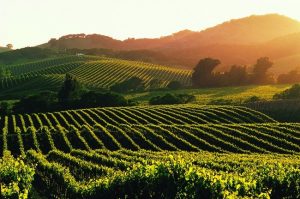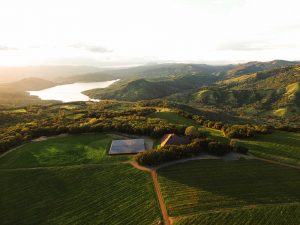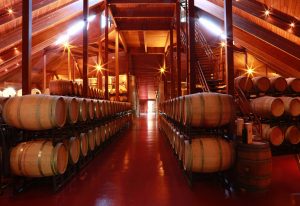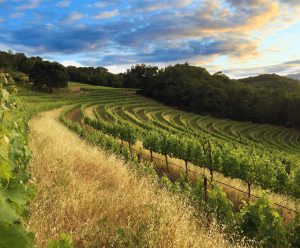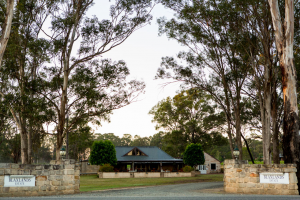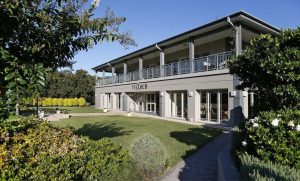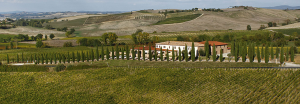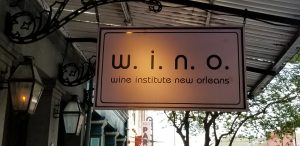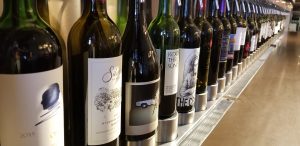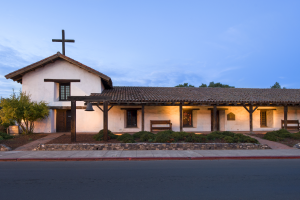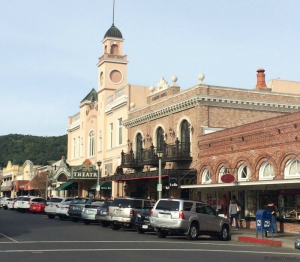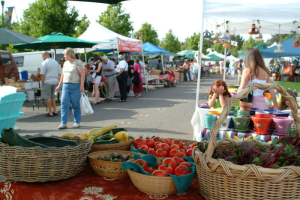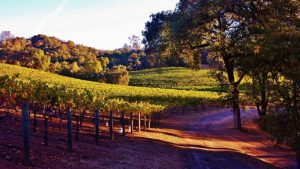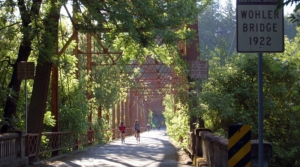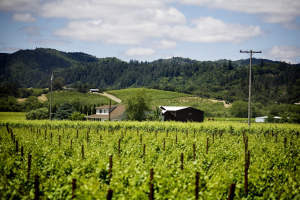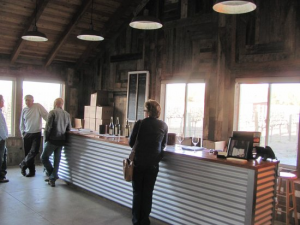There’s no getting around the fact that Napa/Noma in August is hot. The average temperature in Santa Rosa is 82o, which many people would not consider too difficult to take. But beware of the law of averages. Nighttimes cool off quite a bit in Napa and Sonoma counties and the mornings can be foggy, humid and almost chilly even in mid-summer. But when the clouds lift in the middle of the morning – the time you will likely be setting off to visit wineries – and into the afternoon, the temperatures usually reach into the 90’s and by 3:00 it’s not unusual to have the heat break over the 100o mark.
Now tastes in weather differ. If you’re an Arizonan, these temperatures don’t sound too scary. But if you’re a Canadian, for example, even the average daily temperature in August seems pretty hot to you. So why go wine tasting in Napa/Noma in summery August?
Photo courtesy of medium.com
Perhaps the best reason is that August is the beginning of the harvest in this area. Sauvignon Blanc is usually the first grape to ripen, with Chardonnay coming after that towards the end of the month. The whole year in the vineyards has been leading up to this time, and there’s a burst of energy that even visitors can feel among the growers, the harvesters and the production line personnel actually turning the crop into wine. It’s really fun to see.
Moreover, the vines are heavy with fruit, both white and red. Yes, it’s interesting to see the bare branches of winter and the bud break of spring, but there’s nothing like seeing a vineyard with nearly ripened clusters of grapes just waiting to be harvested. Power Tasting has said many times that one of the premier reasons to visit Wine Country, after the tastings, is to revel in the beauty of the vineyards. And they are never so beautiful as when they are laden with grapes.
Another benefit of Napa/Noma is August is that it is not only grapes that are in season at this time. California is America’s fruit basket and peaches, plums, strawberries, mangoes and much more can be found in the markets. Between the wine grapes and the rest of the produce, you really do feel the bounteousness of Nature.
For many people, August is vacation time, so it can get crowded in Napa/Noma in August. But a lot of those vacationers have their children with them and Wine Country really isn’t for kids. Nonetheless, you will encounter many tasters with little ones in tow, from infants to teenagers. Sorry to say, they do detract from the wine tasting experience a bit.
Again because there are so many people who enjoy wine tasting nowadays, there can be a lot of traffic. There’s no gainsaying the many wonderful wineries along Napa Valley’s Route 29, which gets the most crowded. Don’t avoid it, but do give some thought to when and where you intend to taste. You want to be in the tasting rooms, not behind the wheel. And again, weekends are always more crowded than weekdays. You’ll find that the back roads of Russian River or the crossing roads at the center of Napa Valley are a little less traveled while at the same time a good deal cooler.
Don’t hesitate to visit Napa/Noma in August. Take advantage of the best there and be forewarned about some of the drawbacks.
